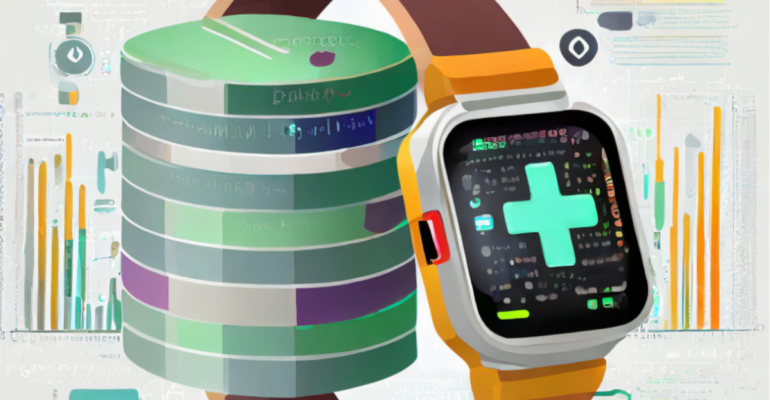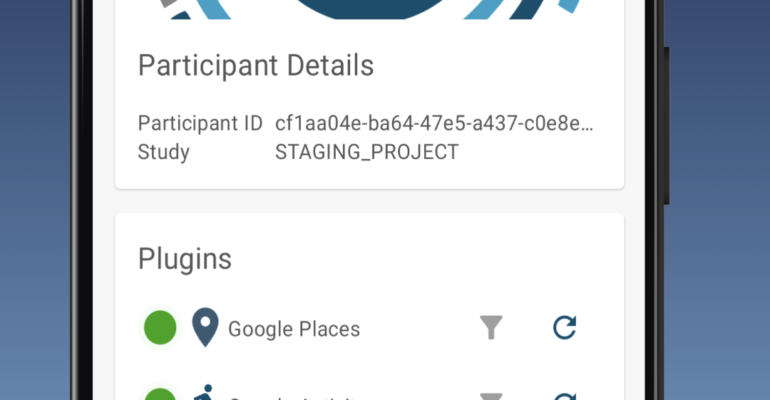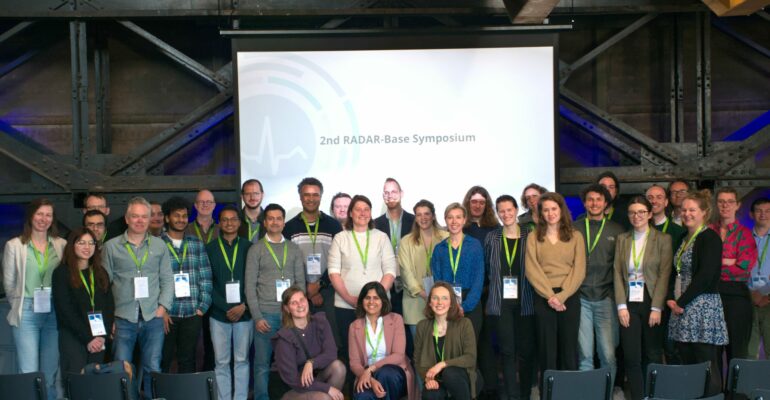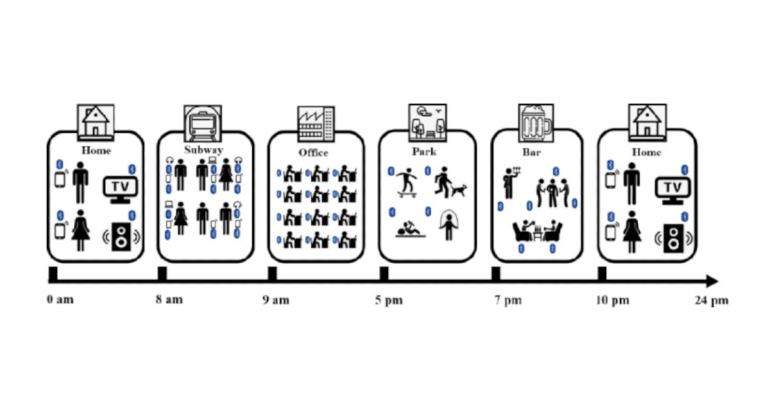Internship: Integrating Polar devices the pRMT app to explore their health insights
Hi there! I’m Famke, a bioinformatics student that recently completed her minor research project at Utrecht University. As part of this project, I’ve been doing an internship at The Hyve’s RADAR-base team. My project involved the integration of several Polar devices – …
🔔SPOTLIGHT: Using IoT Sensors in RADAR-base
SOFTWARE SPOTLIGHT: RADAR-IoT: A Framework for Collecting IoT Sensor Data with RADAR-base Numerous healthcare and research scenarios can be advanced by combining IoT (Internet of Things) sensor data with an open mHealth platform capable of real-time analysis at both the network edge …
KCL internship: Adding support for Google Sleep, Activity, and Places API in RADAR-Base pRMT application
Introduction: Hi, Aditya here. This year, I worked as an intern at RADAR-base. My work involved refining the pRMT functionality to monitor users’ sleep and activity data and collecting user location information by extending pRMT support for new plugins. The RADAR-base Passive Mobile …
Thank You! The 2023 RADAR-base Mobile Health Symposium
Playlist of talks LINK We had a great time in Utrecht hearing about all the amazing ways RADAR-base is being put to use in the mobile health space — it was really inspirational! I wanted to take a moment to thank everyone …
HDRUK Awards RADAR-base for Reproducibility
RADAR-base was recently recognised as part of the Reproducibility category in the HDRUK 2022 awards. HDRUK is looking to recognize good practices in research reproducibility and celebrate the work of those who support research delivery. Reproducibility is of key importance at HDRUK. …
Google Summer of Code 2022 Review
RADAR-base GSoC https://github.com/RADAR-base/GSoC Retrospective of GSoC 2022 In 2022, RADAR-base participated in its first GSoC, and we were thrilled to host 3 projects. We received outstanding applications and had the honour of collaborating with three exceptional candidates. Let’s take a brief look …
🔔SPOTLIGHT: Using Local Bluetooth Device Count to Predict Depressive Symptom Severity
PAPER Spotlight: “Predicting Depressive Symptom Severity Through Individuals’ Nearby Bluetooth Device Count Data Collected by Mobile Phones: Preliminary Longitudinal Study” 10.2196/29840. Bluetooth-enabled devices are pervasive in the modern environment, most commonly in the form of smartphones. This study used the RADAR-base Passive app …







